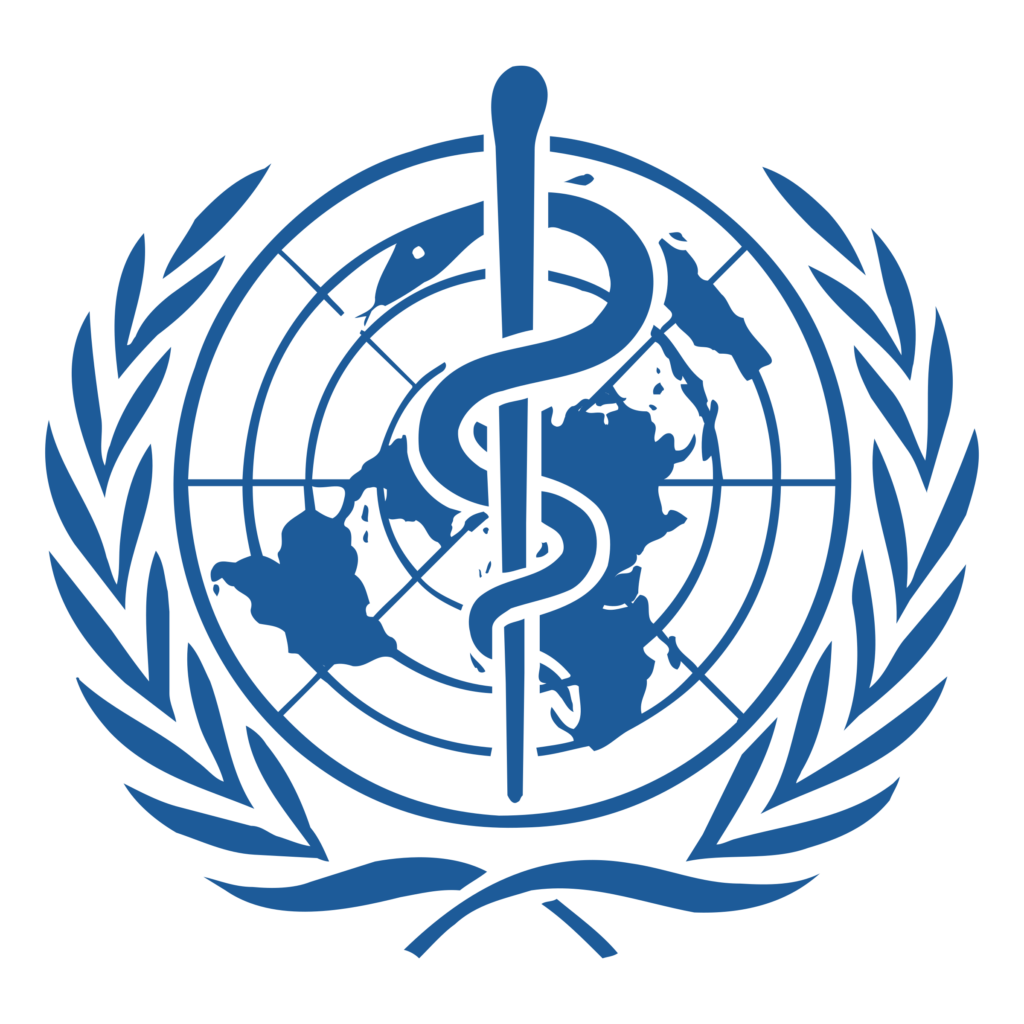who.int/news/item/26-11-2021-classification-of-omicron-(b.1.1.529)-sars-cov-2-variant-of-concern
Matt’s Note: an abundance of caution must be exercised in trying to understand the impacts of a new Covid mutation at such an early stage and with such limited data.
However: enough empirical evidence exists for the World Health Organization’s Technical Advisory Group on SARS-CoV-2 Virus Evolution (TAG-VE) to have labeled the B.1.1.529 SARS-CoV-2 variant ‘Omicron’ as a Variant of Concern:
For reference,WHO has working definitions for SARS-CoV-2 Variant of Interest (VOI) and Variant of Concern (VOC).
A SARS-CoV-2 VOI is a SARS-CoV-2 variant:
• with genetic changes that are predicted or known to affect virus characteristics such as transmissibility, disease severity, immune escape, diagnostic or therapeutic escape; AND
• that has been identified as causing significant community transmission or multiple COVID-19 clusters, in multiple countries with increasing relative prevalence alongside increasing number of cases over time, or other apparent epidemiological impacts to suggest an emerging risk to global public health.
who.int/news/item/26-11-2021-classification-of-omicron-(b.1.1.529)-sars-cov-2-variant-of-concern
More:

Update on Omicron (28 November 2021)
who.int/news/item/28-11-2021-update-on-omicron
Transmissibility: It is not yet clear whether Omicron is more transmissible (e.g., more easily spread from person to person) compared to other variants, including Delta.
…
It is not yet clear whether infection with Omicron causes more severe disease compared to infections with other variants, including Delta.
…
There is currently no information to suggest that symptoms associated with Omicron are different from those from other variants.
…
Effectiveness of vaccines: WHO is working with technical partners to understand the potential impact of this variant on our existing countermeasures, including vaccines. Vaccines remain critical to reducing severe disease and death, including against the dominant circulating variant, Delta. Current vaccines remain effective against severe disease and death.
who.int/news/item/28-11-2021-update-on-omicron
who.int/news/item/28-11-2021-update-on-omicron

Omicron looks ominous. How bad is it likely to be? (4 December 2021)
economist.com/briefing/2021/12/04/omicron-looks-ominous-how-bad-is-it-likely-to-be
The most worrying of Omicron’s mutations are in the gene that describes the spike protein. This is the tool the virus uses to bind itself to cells and enter them.
…
The mutations in an unnamed variant called C.1.2, which boasted one of the most mutated spike ever seen until the past few weeks, changed 14 of the amino acids. Omicron’s mutations change 35; ten of the mutations have never been seen in any of the variants of concern to date.
…
Computer modelling using AlphaFold, a program developed by DeepMind, a British artificial-intelligence research company owned by Alphabet, to predict the shape of Omicron’s spike also suggests that antibodies will stick to it at least a bit less well, says Colby Ford, a computational biologist at the University of North Carolina at Charlotte.
…
The experiments that should provide a clear idea of what is going on will be those which pit a wide range of antibodies against the whole protein as found on virus particles. Such work is going on all over the world, nowhere more urgently than in the laboratories of the various vaccine-developers.
…Nonetheless, BioNTech is working on a vaccine using mRNA that describes the Omicron spike. So is Moderna. Both companies have been down this road before, developing tailored vaccines against Beta and Delta. They did not go into production because they did not, in the end, prove necessary; the original vaccines held up well. Whether the same looks likely to be true for Omicron should be known, the companies say, in a matter of weeks.


